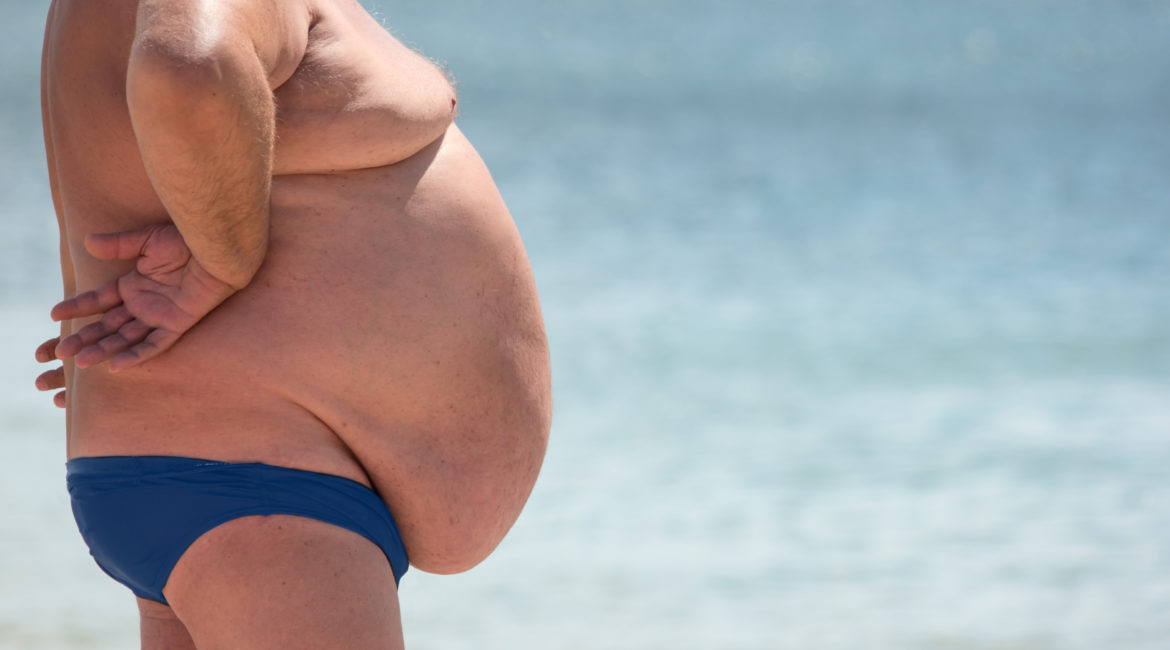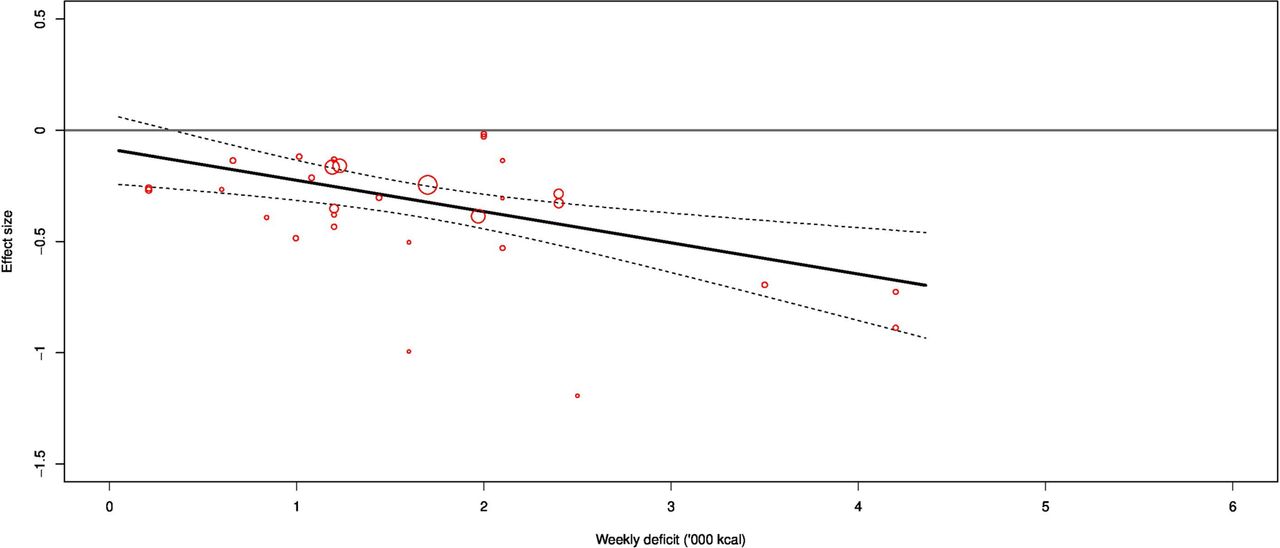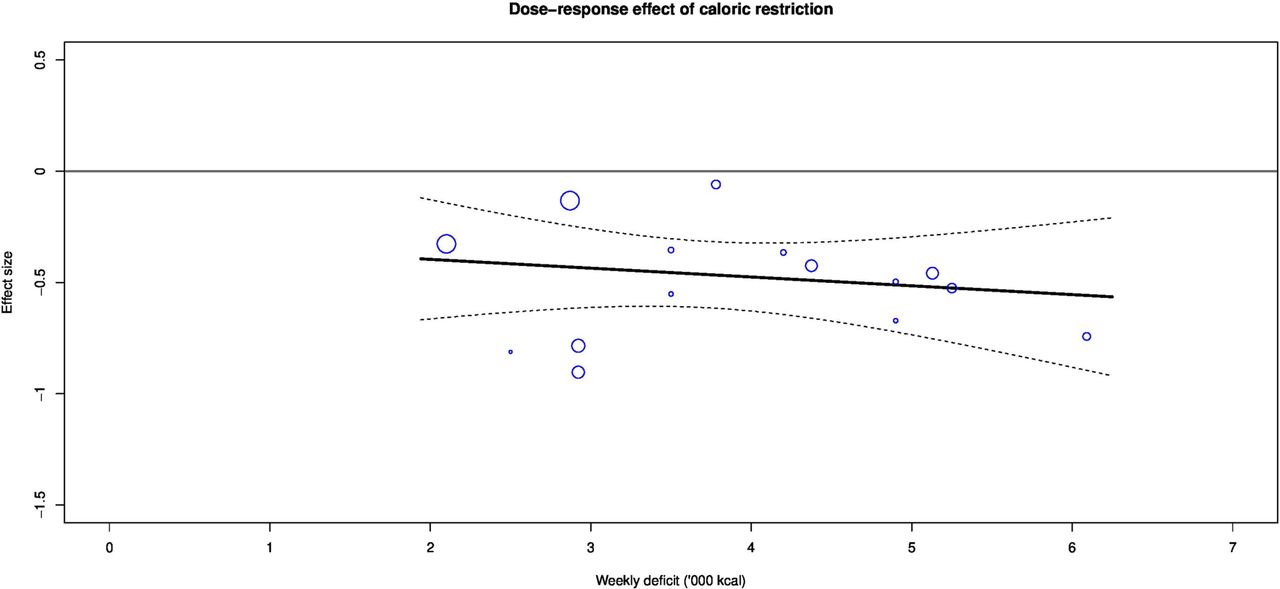Is Exercise or Diet better for losing visceral fat?

One of the oldest sayings in weight lifting goes like this:
“You get strong in the gym, you look good in the kitchen”.
The implication is that to improve your strength you obviously need to lift weights. To lose weight or lean out, you have to eat better.
Sounds definitive…..….but is it actually true?
One of the British Journal of Sports Medicines most popular articles of 2023 tried to answer this question once and for all.
Before getting into the weeds with this one we have to define a couple of important concepts.
We tend to classify fat tissue as occurring in two areas – subcutaneous and visceral.
- Subcutaneous fat is essentially the layer directly under the skin surface.
- Visceral fat is the fat that tends to be more internal surrounding your organs and contributes to ‘pot bellies’.
Of the two, visceral fat is seen as the more problematic one and leads to more disastrous health consequences like cardiovascular disease, diabetes mellitus type 2, and metabolic syndrome.
This article was strictly looking at exercise compared to diet (via caloric restriction) on visceral fat, and specifically in overweight and obese people (as this is the most important patient population when speaking about weight loss interventions).
Before reading on, take a wild guess at the percentage of the worldwide population that the WHO rates as overweight and obese.
I’ll give you a minute.
39% of the population is classified as overweight, and 13% as obese.
And these statistics were from back in 2016!!
I can assure you that these numbers have not gone down since then.
It’s actually probably far worse than that. You see defining someone as overweight or obese is still determined using a persons BMI which just takes their height and weight into account.
One issue with the BMI method is that people have significant individual variability in terms of where their fat actually is. You may have a low waist circumference, but have high visceral fat and be at significantly higher risk for metabolic syndrome than another individual with very little visceral fat but a large waist circumference, despite the fact that your BMI is lower. (Turns out there is some truth to the term ‘Skinny fat’).
This was officially noted in a recent joint position statement from the International Atherosclerosis Society and the International Chair on Cardiometabolic Risk Working Group on Visceral Obesity. This position statement supported the notion that visceral fat is an independent risk factor for cardiovascular disease and metabolic morbidity and mortality and that BMI fails to determine cardiometabolic risk.
This essentially means that visceral fat is the more important indicator for obesity management.
So we have firmly established that visceral fat loss is the goal.
So then……what better targets visceral fat loss? Exercise or diet? Each has differing physiological effects whereby exercise increases energy expenditure while diet decreases caloric intake. Both end up with a negative energy balance. Which is more effective?
This article was very high quality. It was a systematic review and meta-analysis. Essentially the looked at all prior studies that compare diet and exercise on visceral fat loss that had similar attributes and also had a control group. All had to use CT or MRI (gold standards) to establish visceral fat pre and post intervention. They ended up with 26 studies that analyzed exercise and 15 for caloric restriction.
This first chart shows the dose response effect of exercise.

Now here is the same chart but for caloric restriction.

First thing I want you to note is that both were HIGHLY effective in weight loss. It turns out you can look good in the kitchen AND the gym.
BUT, the gym chart is better. Let me explain why.
Exercise shows a clear example of a positive dose response relationship. What this means in simplistic terms is the more you exercise, the more visceral fat you lose. You can tell this is the case based on the slope of the line in the middle of the above graph.
The caloric restriction chart does not have the same dose response. What this means is that eventually your visceral fat loss via diet will level off.
Both exercise and diet did show a dose response in reducing waist circumference though.
Confused?
The findings really denote the difference between losing pant sizes versus losing visceral fat (which again is DEFINITELY the more important goal). You can keep losing weight the more restricted you make your diet, but eventually it is likely that you are losing both fat AND LEAN TISSUE. This means that your fat loss has leveled off…..you are just shedding overall weight. Exercise on the other hand likely stimulates fat loss while maintaining a greater portion of muscle mass, meaning the fat loss is in the more important visceral fat.
On a side note, some folks are hypothesizing that this may be a potential caveat with the popularity of weight loss drugs like Ozempic.
Now look, both exercise and diet via caloric restriction were effective in the primary goal of losing weight as judged by waist circumference.
BUT, if we actually want to hone in on the more important measure of visceral fat, you will do far better with exercising.
